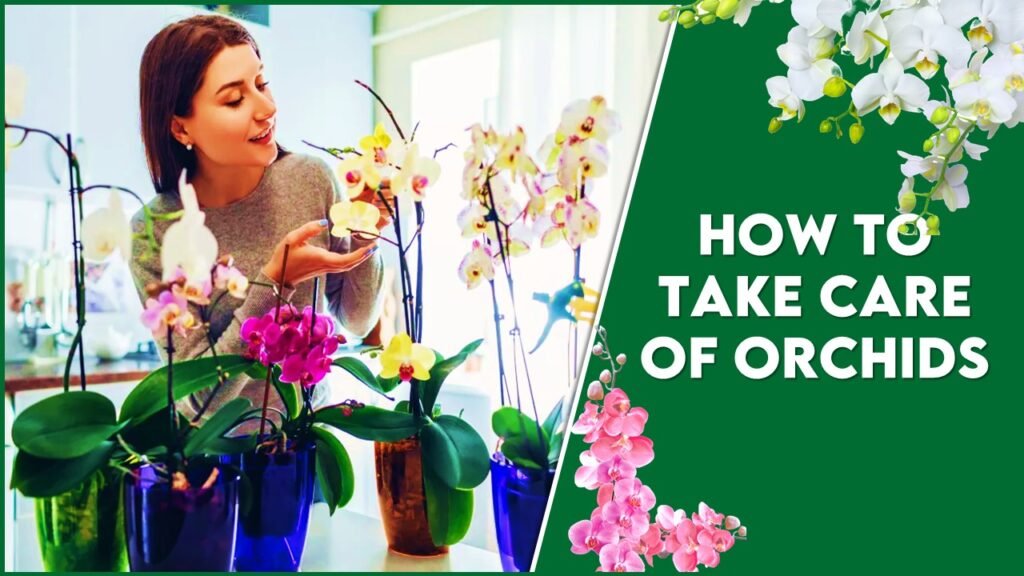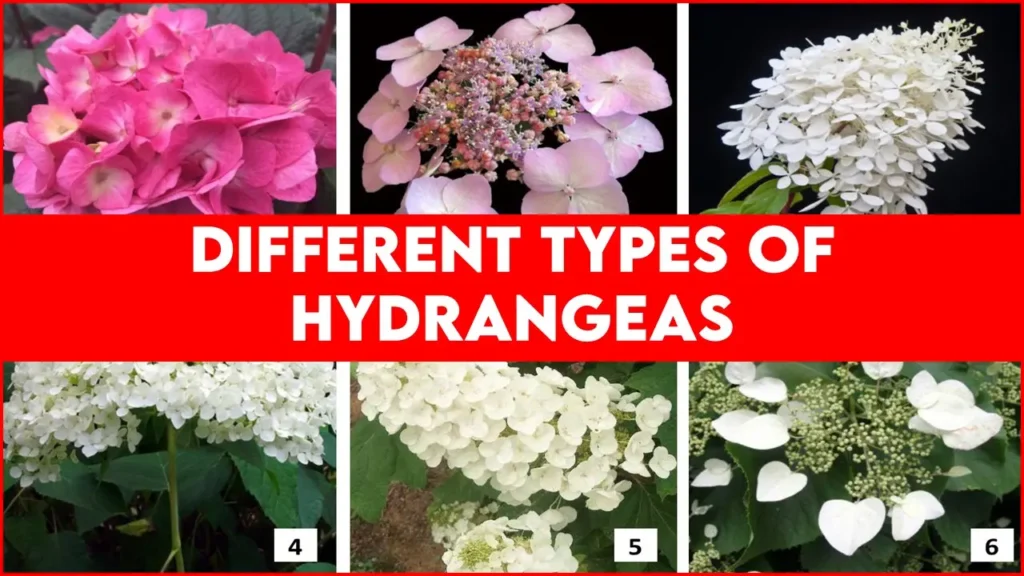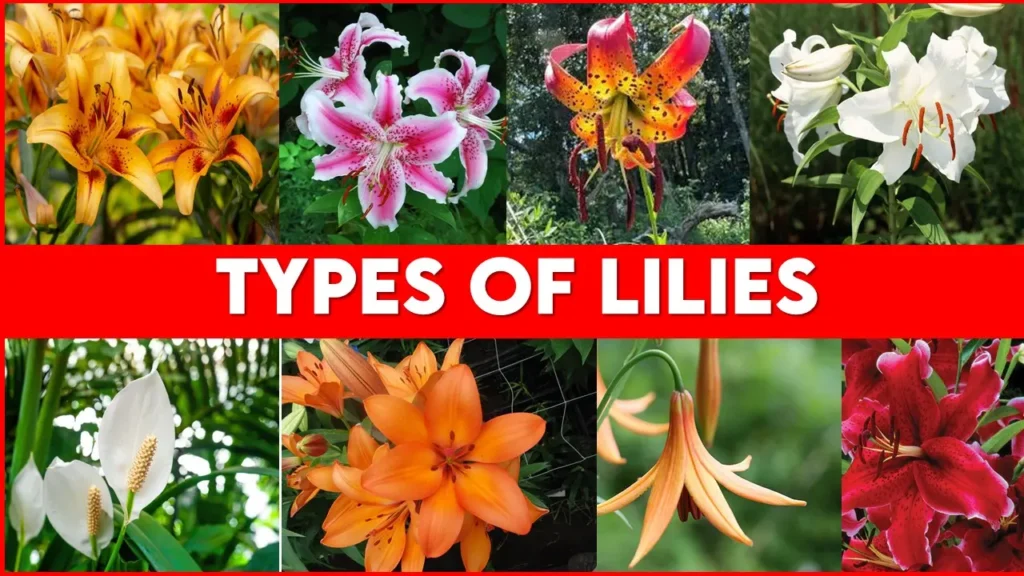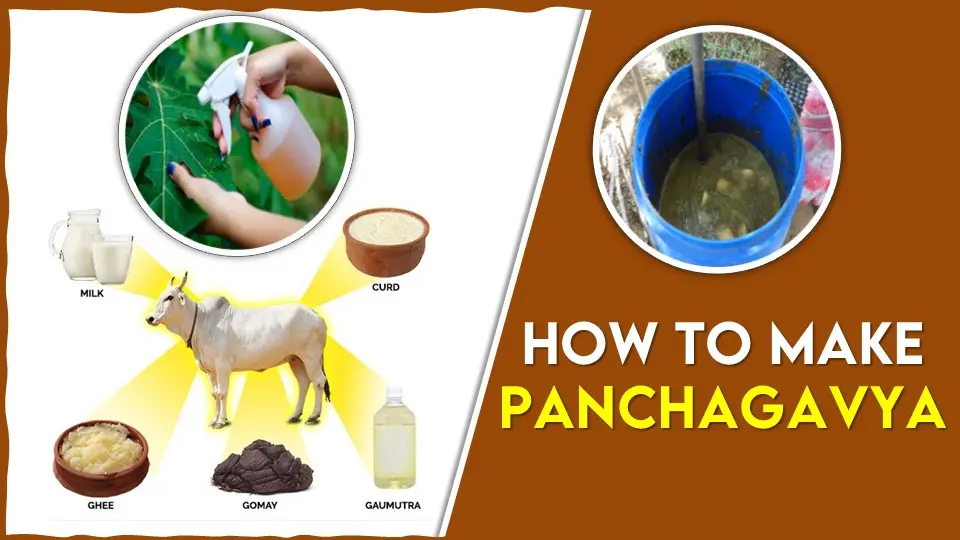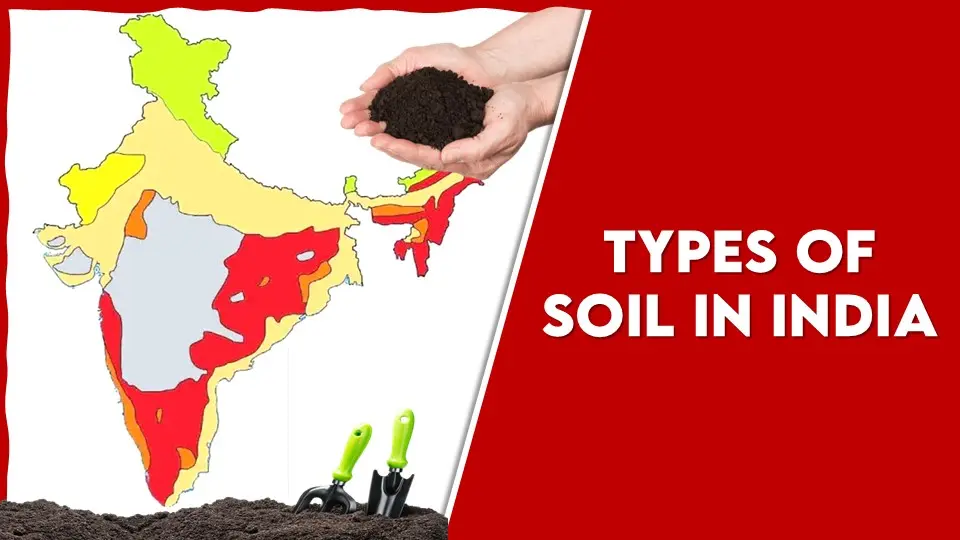Hello, my sweet growers!! Today I’ll take you into the world of nature’s exquisite treasure- the orchid. I know you all are interested in acquiring more knowledge about that fancy delicate flower that acts as a part of your special occasions like marriage, birthday parties, or other celebrations as an ornament for a bouquet or decorative purpose.
Let’s discuss this botanical masterpiece (orchid) in this article with me. You will learn various facts about orchids, how to take care of orchids,Types pf orchid plants, and their necessity to grow properly.
What is Orchids
The symbol of beauty, love, elegance, and exoticism- The Orchid is a plant known for its beautiful fancy flowers, belongs to the family Orchidaceae (one of the largest families of flowering plants) and is one of the most popular cut flowers on the market.
Orchis are unique for everyone because of the diversity of flower color, shape, and appearance. It falls under one of the luxurious gifting materials.
Orchid which is a cosmopolitan plant, is found in habitats and climates (except in glaciers).
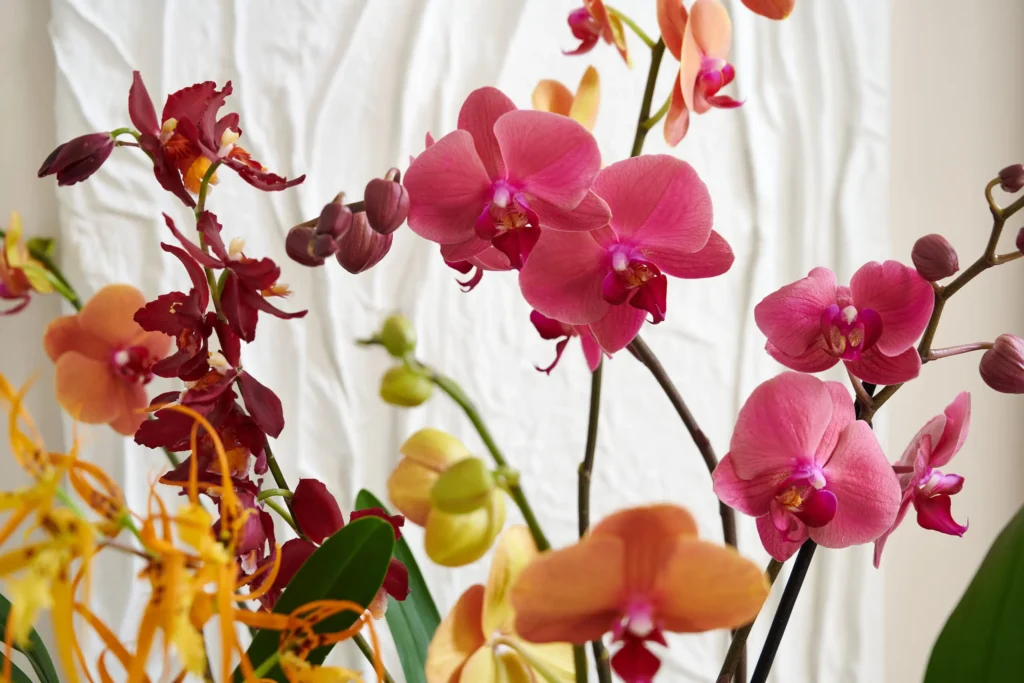
What the Different Color of the Orchid Signify?
Orchids are available in various colors which all have their significance. Let’s unfold their significance-
| Orchid flower color | Significance |
| Pink orchids | Signifies happiness, playfulness, grace, and gentleness. |
| White orchids | Signifies purity, innocence, faith, and elegance. These white orchid flowers are used in weddings or prayer rooms.. |
| Purple orchids | Signifies royalty, authority, and dignity. |
| Blue orchids | Rare one, uncommon and unique beauty. Used to present someone who is very close to heart. |
Types of Orchid Plants: The Orchid World
Due to the large habitat range, various types of orchids are found. They are-
- Cattleya orchids(Corsage orchid),
- Phalaenopsis orchid (moth orchid),
- Dendrobium orchids,
- Vanda orchid,
- Miltonia orchids (Pansy orchids),
- Zygopetalum orchids,
- Brassavola orchids (Lady of the Night orchids),
- Cymbidium orchids (Boat orchid),
- Encyclia orchids (Cockleshell Orchids),
- Oncidium orchids (dancing lady orchids),
- Odontoglossum orchids,
- Psychopsis orchids (butterfly orchid),
- Paphiopedilum orchids (Lady’s slipper orchids),
- Phaius orchids (Nun’s cap orchids),
- Phragmipedium orchids,
- Lycaste orchids (fragrances like lemon and cinnamon),
- Brassia orchids (spider-like petals), and
- Maxillaria orchids (fragrances like coconut and vanilla).
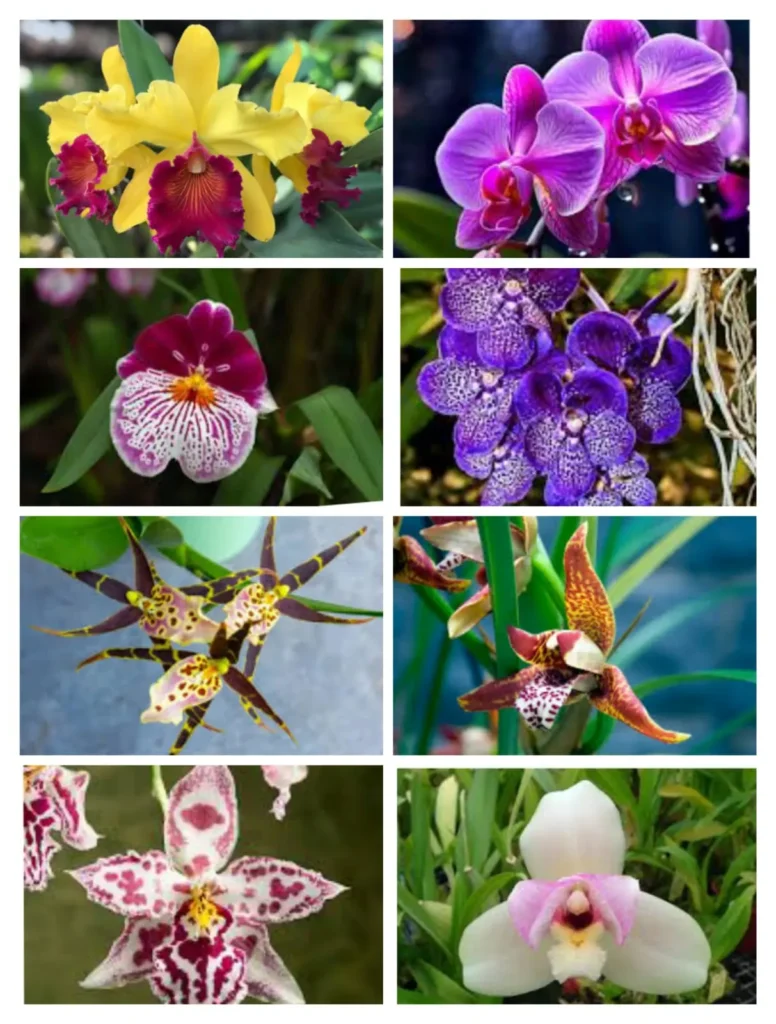
How to Take Care of Orchids: General Tips
You can take care of your orchids by-
Maintenance of Light-
Most of the orchid prefers bright but indirect light. You can hang your orchid near an east or south-facing window, so that, it can get a sufficient amount of light for growth. A north-facing window is not suitable because it doesn’t provide sufficient light and it becomes too hot during the afternoon in the west-facing window.
Some variety like Cattleya orchids prefers bright and indirect light, where some variety like Phalaenopsis orchid prefers diffused low light, and Psychopsis orchids prefers moderate to low light.
Temperature Management-
You should maintain the proper temperature throughout the growing period and during bloom. Most orchid prefers humid and tropical conditions, where Phalaenopsis orchids grow well in a consistent temperature of about 18 degrees C.
Water Management –
Apply water whenever it is needed. Check the soil properly before watering, if it is dry then only you have to apply water. And indoor conditions you can apply water in the interval of 2 to 3 days.
Select a Pot with Proper Drainage-
Select a proper pot with good air circulation in the root zone. For this, you can use an unglazed terracotta pot to resolve this problem. Make a hole under the pot, so that extra water can drained out.
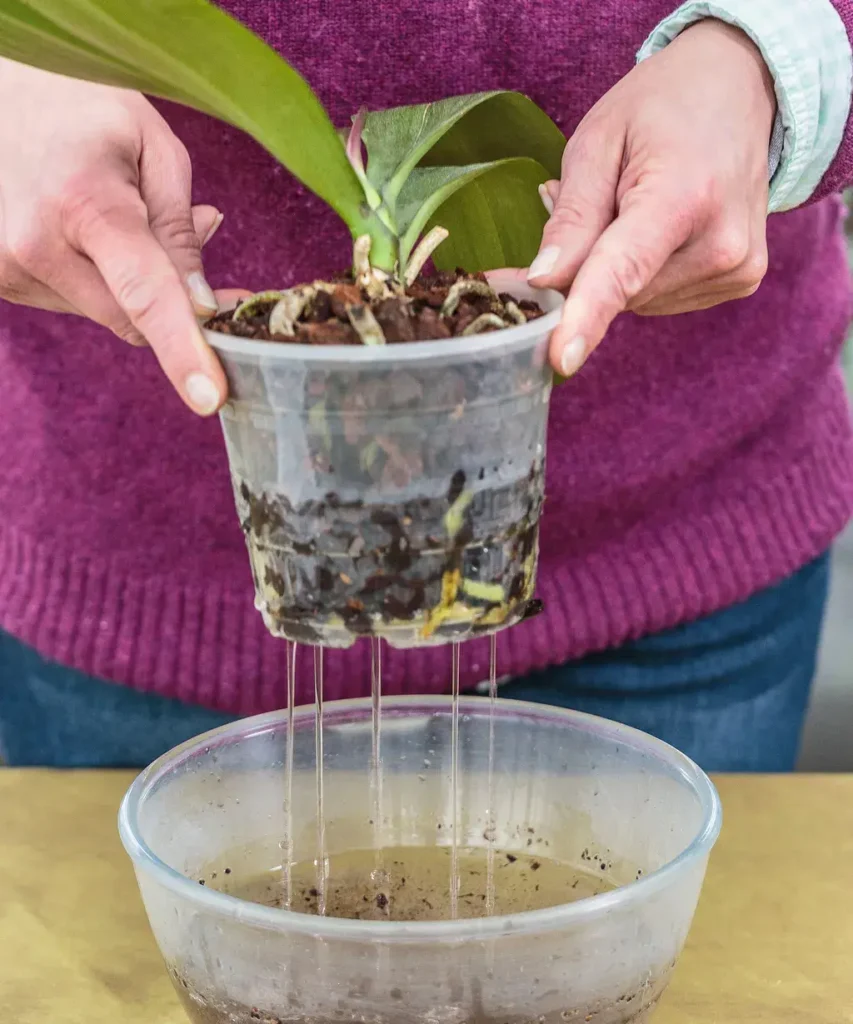
Soil
Orchids grow well in the potting mixture that contains vermiculite, perlite, sphagnum moss, etc. The application of fertilizer promotes the growth of the orchid plant as well as flowering in orchids.
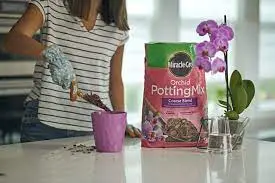
Provide proper nutrition-
Orchid is not a heavy feeder plant but for better bloom it requires nutrition. You should provide orchid-specific fertilizer named “20-20-20” (balanced fertilizer) in the active growing period.
Timely Repotting of Orchid-
It is important to repot the orchid timely when the roots are over-crowded and pushed up. You should repot your plant every year or twice a year. The best time for repotting is in late spring or in summer after bloom.
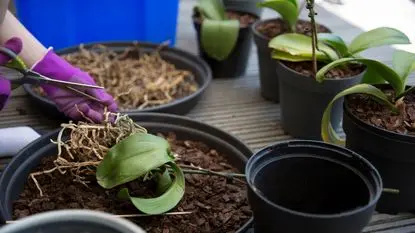
Pruning of orchids-
Pruning is a very important practice for orchids. In case of Phalaenopsis orchid (or moth orchid), you have to prune it just above the bottom two nodes (or above the brown line). For other types, you can trim it close to the potting mixture.
Encourage flowering-
You have to cut off the stem (flowering stem) after the fall of the flower because orchids don’t flower twice in the same stem. This is the process to encourage the growth of new flowering stems which will promote flowering If the regrowth of the stem stops and turns into a straw color, then immediately remove it at the base.
Pest and disease management-
Orchids are infested by different insect pests like- scale, mealybugs, mites, thrips, fungal gnats, aphids, whiteflies, blossom midges, etc. You can apply soap water or any systemic poison to control these soft-bodied insects.
Orchids are also infested by various diseases like water molds, root and stem rot, Phyllosticta leaf spot, black rot, and botrytis affects the growth of orchid. We have only one way to prevent the spread of disease is proper attention and supervision. Proper aeration and drainage can resist those diseases. Always you have to use sterilized equipment to avoid diseases.

Also Read
Orchid Plants Requirements According to Their Types
| Type of orchid | Light requirement | Water requirement | Humidity requirement | Temperature requirement |
| Cattleya orchids | Bright and indirect light | Once a week | 50-80 % | 24- 30 degrees C |
| Phalaenopsis orchid | Diffused, low-light | Two times per week | 50-80 % | 18-29 degrees C |
| Dendrobium orchids | Bright and indirect light | Every few days | 50-70 % | 10-27 degrees C |
| Oncidium orchids dancing lady | Bright and indirect light | 2 to 3 times per week | 30-60 % | 13-27 degrees C |
| Miltonia orchids/ pansy orchid | Low to medium | Required less water | 60-80 % | 16-24 degrees C |
| Epidendrum orchids | Bright and filtered | Required less water | 50-80 % | 13-27 degrees C |
| Paphiopedilum orchids | Low light | 2 times per week | 40-50 % | 16-24 degrees C |
| Cymbidium orchids | Bright | Frequently and heavily | 50-60 % | 10-27 degrees C |
| Ludisia jewel orchids | Medium to bright, indirect light | Every few days | 50-70 % | 16-27 degrees C |
| Vanda orchids | Strap leaved- indirect Terete leaved- direct | 5 to 6 days interval | 60-80 % | 20-32 degrees C |
| Brassia orchids | Bright and indirect | Weekly | 50-80 % | Above 10 degrees C |
| Maxillaria orchids | Bright and indirect | Once a week | 50-80 % | 21-26 degrees C |
| Zygopetalum orchids | Shaded and indirect light | 2 to 3 times per week | 50-60 % | 21-23 degrees C |
| Brassavola orchids | Medium to high indirect light | Every few days | 40-70 % | 21-23 degrees C |
| Encyclia orchids | Indirect light | 1 to 2 times per week | – | 15-20 degrees C |
| Odontoglossum orchids | Bright shade | 2 to 3 times per week | 50-80 % | – |
| Psychopsis orchids | Low to moderate light | Every few days | 70-80 % | 16-32 degrees C |
| Phaius orchids | Moderate to bright, filtered light | 2 times per week | – | Above 15 degrees C |
| Phragmipedium orchids | Semi-shade to bright indirect light | 2 to 3 times per week | – | 21-26 degrees C |
| Catasetum orchids | Bright shade to full sun | 2 to 3 times per week | 21-26 degrees C | |
| Lycaste orchids | Abundant indirect light | Frequently and heavily | 50-70 % | 16- 24 degrees C |
| Vanilla orchids | Shade to bright indirect light | 2 to 3 times per week | 60-70 % | 26-32 degrees C |
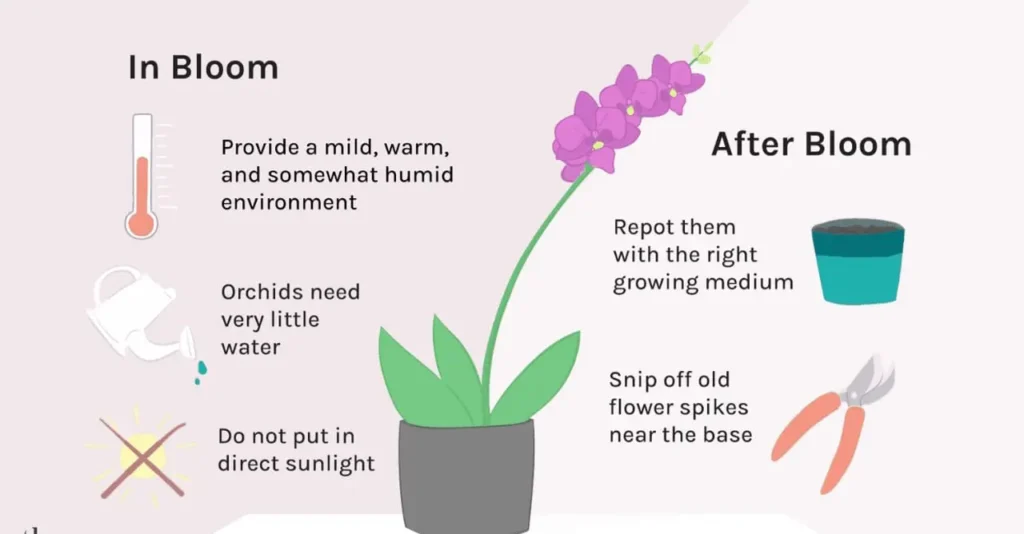
The Reason Behind the Failure of Blooming Flowers of Orchids
There are several reasons behind the failure of blooming lowers in orchids. They are discussed below,
Unavailability of Adequate Light
Orchids need bright but indirect light. So, unavailability of light as well as excess exposure to light both are harmful to flowering.
Not Getting Proper Temperature
Maintaining proper temperature is important to bloom. High temperature is harmful for bloom. The suitable temperature range for different orchids is discussed above in this article.
Deficiency in Nutrition
Despite of a low-feeding plant, the orchid needs proper nutrition in the active growth stage. Urea-free fertilizer is recommended for enhancing bloom.
Spacing Problem
Repotting plays a very crucial role when the roots are not getting enough space to grow.
Over-watering of Orchids
Overwatering is dangerous for orchids. Due to overwatering roots become brown, leaves become wrinkled, and affect on bloom. You should apply water when you feel the soil is dry.
Underwatering of Orchids
Due to lack of water leaves become yellowish, shriveled, and dropping of buds found.
Fun Fact About Orchids
You become astonished to hear that some orchids can live for decades. For the evidence, the oldest plant on record lived for more than 100 years.
Orchid as a Lucky Charm
People believe that keeping orchid plants or flowers in the home acts as positivity magnets and creates a protection shield around you.
- Purple orchid is known to overcome laziness by stimulating the brain.
- Orange or yellow orchids boost you with energy.
- White orchids infuse you with calm, peace, and harmony.
- Pink color orchids reboost your passion.
Also Read
Conclusion:
Orchid flowers that provide you a stunning beauty can easily grow with a small effort, attention, and patience of a gardener. In this article, you have learned how to take care of orchids according to their types, their unique requirements(like temperature, humidity, and water), and everything about orchids. Keeping all the knowledge in mind, applying it, and taking a little challenge you will be the witnesses of your triumph with a delightful blend of the beauty of their vibrant blooms. Growing orchids successfully not only gives you pleasure or knowledge but also adds a star to your gardening skills.
Latest Post
- Different types of Hydrangeas that make your garden more beautiful
- Why are Bonsai Trees so Expensive ? Some Crazy Facts Bonsai
- Types of Lilies in India: Some Beautiful Options for the Garden
- How to Grow Dragon Fruit from Seed effectively: A unique farming setup
- How To Make Panchagavya: A Complete Guide
- Types of Soil in India: The Fabulous 8 Basic Types
- August Issue – Times of Agriculture Magazine (Natural Farming)
- Types of Bamboo Plants: Different varieties and their uses
- How to take care of Orchids: Simple and Easy Guide


